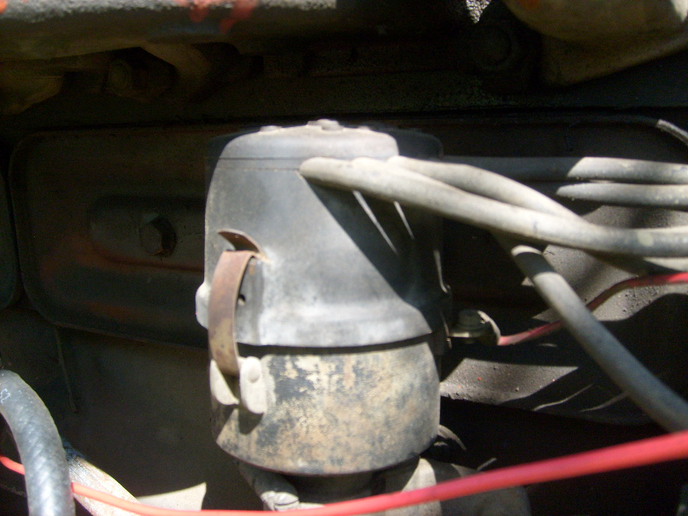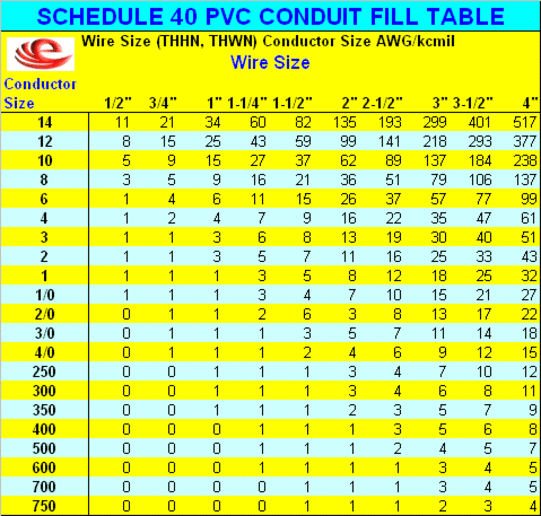Glennster, good question and typically you will get a ton of opinions as the topic is electricity. That being said, its been years since I practiced electrical power distribution engineering and Im rusty as an old nail on the NEC, but FWIW I will offer my opinion and if I?m wrong others can add to this and/or correct my mistakes. NO WARRANTY? Where fire or life safety is concerned consult professional electricians and electrical engineers, local authority, your utility company and the NEC or any applicable codes (if any exist in your area) and don?t risk your life on opinions posted here mine included
1) Its not surprising your service only has a driven ground rod. When I practiced the NEC required us to bond the incoming service entrance Neutral TO ALL READILY AVAILABLE GROUNDING ELECTRODES and in a field at a pole where no other grounding electrodes were ?readily available? what?s referred to as a ?made electrode? such as a rod driven into the earth sufficed. In our jurisdiction we drove one rod and if it passed no more were required but if not we were required to drive a second rod.
2) I take your post to indicate your new remote panel will be treated as a SUB PANEL for 120/240 Volt Single Phase Three Wire Service ???? right ??? under the latest code, if you want 120 and 240 at the remote sub location, you need to run FOUR wires, two Hots L1 & L2,,,,,,,,a Neutral,,,,,,,an Equipment Grounding Conductor.
3) At the remote Sub Panel (assuming that?s your case) you need to maintain separate and insulated Neutral and Equipment Ground Busses NOT any single common Neutral/Ground Buss and DO NOT bond the Neutral Buss to the Ground Buss.
4) I preferred to use THWN insulated conductors in underground conduit.
5) Per the chart below #3 Copper THWN is rated for 100 Amps,,,,,,,#2 Copper THWN 115 Amps
6) In order to calculate Voltage Drop you need to know the current, the wire size and the wire length. I don?t know the current but to reduce voltage drop even if #3 has sufficient ampacity I would use the bigger # 2 Gauge 115 Amp rated conductors. In the event based on current and wire length Voltage Drop was excessive, I would bump the wire up to #1 Gauge.
7) Per the chart for 2 inch PVC conduit there?s absolutely no problem running four # 2 Conductors and even if its oversized it makes for easier wire pulling plus room for expansion. The Equipment Grounding Conductor need not be as big as the Hots and Neutral but I didn?t take the time to look up its size. Maybe some other gent can do this??
8) Best I recall direct bury in earth is okay for proper rated PVC conduit UNLESS its under a road or driveway in which case it needs concrete encased.
9) NOTE sure if direct burial rated USE cable or UF is used or aluminum conductors in conduit versus copper you can save money BUT THAT WASN?T YOUR QUESTION you indicated copper cable and conduit so I take you at your word and its how I would have specified it when I was a designer.
Looks like Four (but Ground can be downsized) # 2 or # 1 (if voltage drop is excessive) THWN Insulated Copper Conductors inside 2 inch PVC buried conduit ran to a 100 Amp (Main Breaker equipped is what I would use) SUB PANEL with separate insulated and isolated Neutral and Ground Busses should suffice HOWEVER consult the NEC and Utility to make sure and be safe.
John T Long retired and rusty EE




